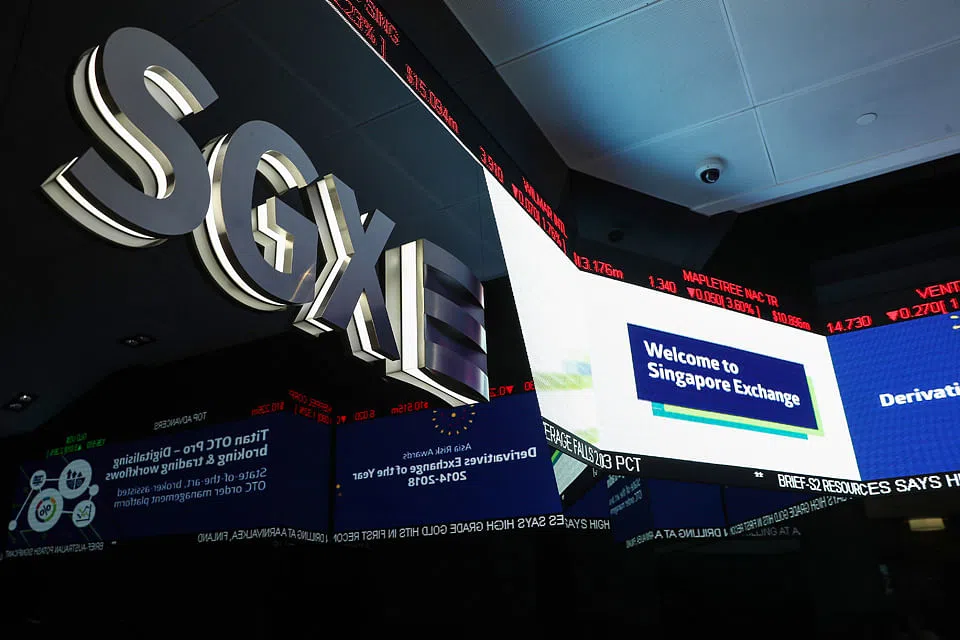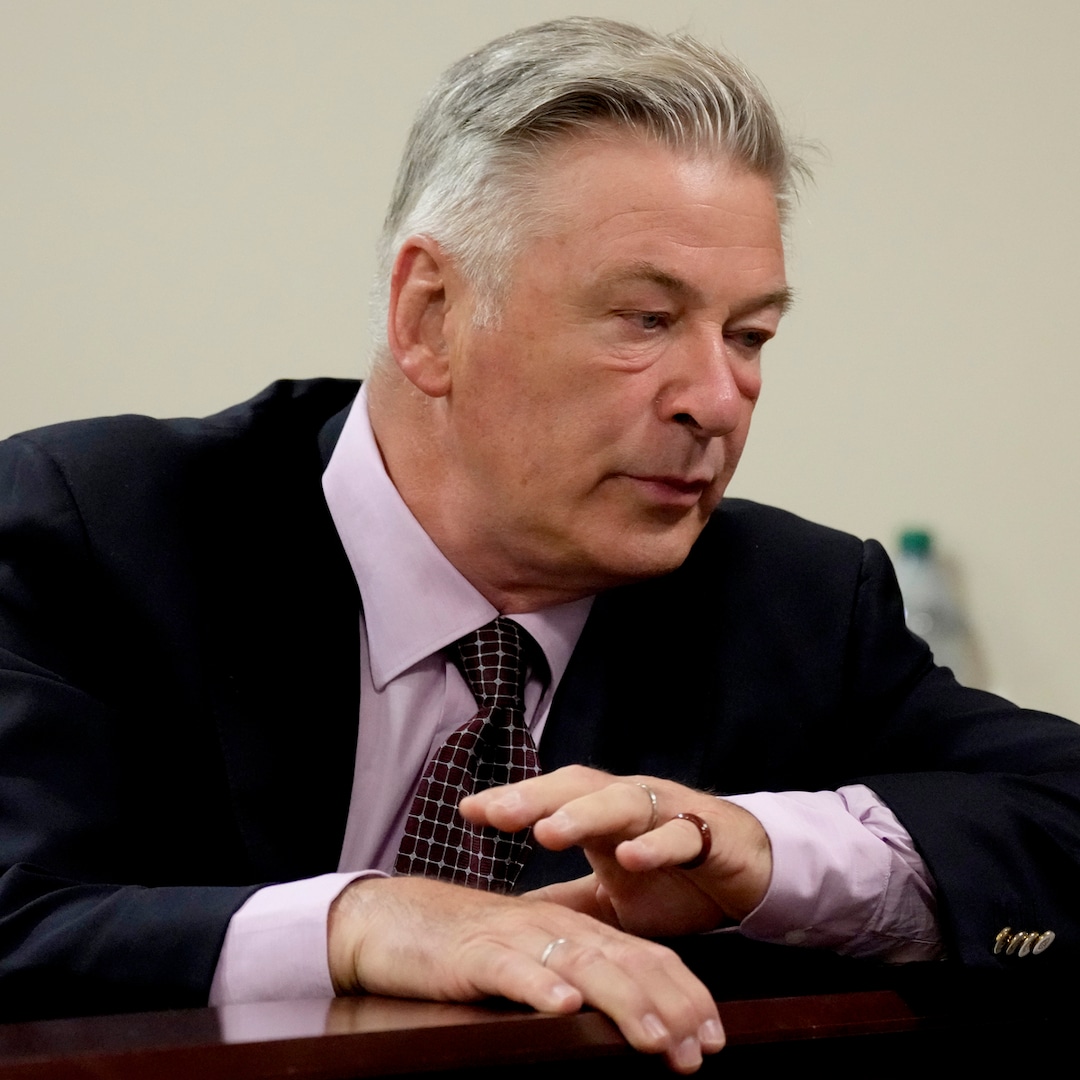THIS month, the board of DBS set up a S$3 billion share-buyback programme, which involves purchasing its own shares from the open market. When these shares are cancelled, the bank’s equity is correspondingly reduced. The programme is expected to provide a “permanent lift” to earnings per share (EPS), and raise return on equity (ROE), DBS said.
UOB, meanwhile, said at its earnings briefing in the same month that it is open to investing its excess capital or returning it to shareholders – either through share buybacks or higher dividends. The lender bought a total of 28,000 shares at an average price of S$35.79 per share on Nov 14.
Share buyback schemes are common among companies. In the first week of November alone, seven primary-listed companies conducted buybacks over the five trading sessions, with a total consideration of S$3.4 million. ST Engineering led the consideration tally, buying back 512,900 shares at an average price of S$4.51 per share on Nov 1.
Digital Core Reit Management acquired 303,000 units of the real estate investment trust on Nov 7, bringing the total units repurchased to nearly 1.3 per cent of its issued units since the beginning of the current mandate.
The Business Times explains what share buybacks are, why companies undertake such an exercise and explores the potential downside.
What is a share buyback scheme?
A share repurchase is when a company buys back its shares from the open market, using its accumulated cash. The company may then choose to cancel the shares it buys back, which reduces the number of shares outstanding. This results in a smaller equity base, and ceteris paribus, higher earnings per share, which lowers the price-earnings ratio and thus potentially lifting the share price.
BT in your inbox
Start and end each day with the latest news stories and analyses delivered straight to your inbox.
For example, SIA Engineering recently bought back 290,100 shares at an average price of S$2.46 per share. The group reported that its revenue for the first half ended FY2025 rose 12.1 per cent on the year to S$576.2 million.
Why do companies undertake share buybacks?
There are several reasons:
Firstly, deploying excess cash to reduce the number of outstanding shares can indirectly reward existing shareholders and boost the company’s earnings per share, said Paul Lee, chief executive and chief investment officer of Paragon Capital Management.
Even after the full S$3 billion is spent on buying back its shares, DBS is expected to retain about S$6 billion in Common Equity Tier-1 excess capital – above its targeted range of 12.5 to 13.5 per cent. The lender will still have around S$3 billion to S$5 billion in capital to return to shareholders, said DBS chief executive Piyush Gupta.
The scheme indicates to the market and investors that a company is “financially strong enough” to return excess capital to shareholders, while “retaining enough capital for ongoing operations, buffers for rainy days and foreseeable investments”, added Lee.
Secondly, with a smaller number of outstanding shares, a company’s ROE is boosted. ROE is a key metric that is calculated by dividing a company’s net profit by its shareholders’ equity. It improves when net profit is higher and/or when the amount of equity is reduced.
Thirdly, with the rise of index investing – in which investors seek to hold broad market indexes to take the guesswork out of deciding which securities to invest in – smaller listed companies, in particular, are pulling in less interest and capital. Share buybacks are thus a critical way such companies can make capital returns to their investors, said head of research at Phillip Securities Research Paul Chew.
Lastly, Chew noted that in a low-interest-rate environment, buying back shares can be more attractive than holding excess cash in low-yield bank deposits. With global interest rates heading lower, more companies may turn to share buybacks for this reason.
Considerations
Instead of share buybacks, another option is to pay out dividends. OCBC chief executive Helen Wong said at the bank’s earnings briefing in November that issuing dividends produce “the same results (as) doing shareholder returns”, with the capital base remaining unchanged.
RHB Singapore’s head of equity research Shekhar Jaiswal said that the decision to repurchase shares or issue dividends depends on factors such as taxation on dividends and capital gains, management incentives and investor preferences. He also pointed out that companies might also consider whether the share price was fairly valued when the buyback was undertaken.
A dividend payment reduces share price ex-dividend, decreasing the value of stock options, while a share buyback increases earnings per share.
Downsides of share-buyback schemes
The scheme may indicate that the company does not have profitable opportunities to invest in – a red flag to long-term investors looking for capital appreciation.
Maybank Research analyst Jarick Seet said that share buybacks could also indicate that a company is not using its cash efficiently to grow the business, or that growth is limited, hence the excess cash is not needed, he added.
Paragon’s Lee also explained that a company buying back shares may suggest it has not found “better investment opportunities”. He added: “They may have various investment opportunities, but do not see them as compelling enough. It’s all part and parcel of business management.”
Phillip Securities’ Chew said: “The value of buybacks ultimately depends on the timing and valuation of the shares repurchased. When done appropriately, buybacks can improve a company’s financials while returning capital to shareholders.”
However, companies should be careful, if buying back shares at high valuations, especially if they borrow to finance the scheme, he noted. He cautioned that not all industries or companies are well-suited for buybacks; it must be balanced with the company’s ability to access capital.






